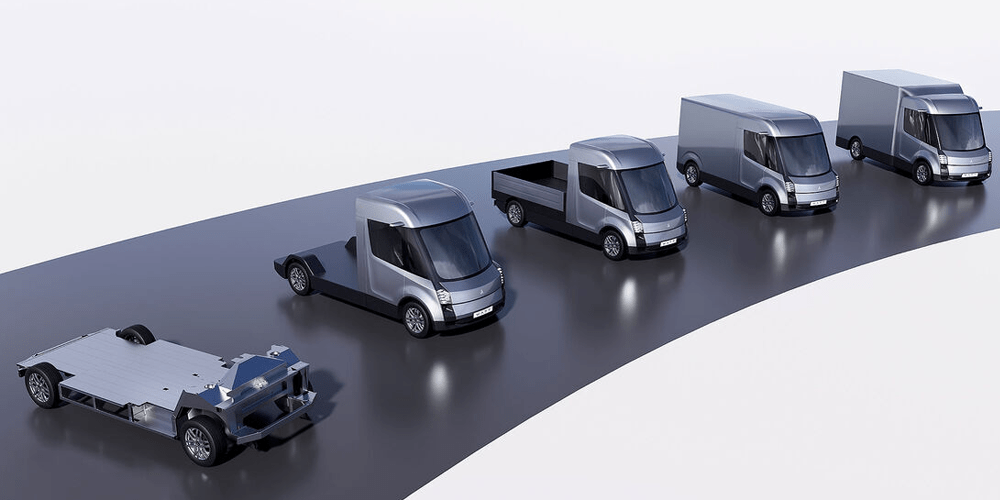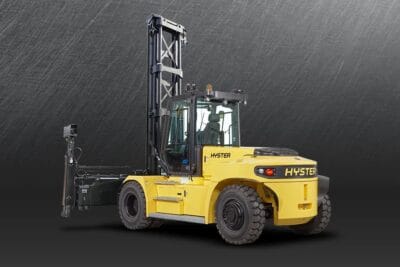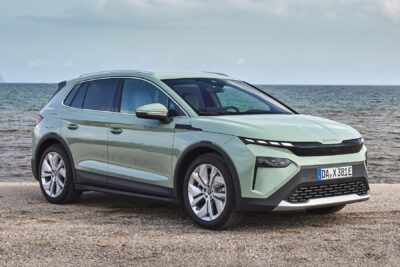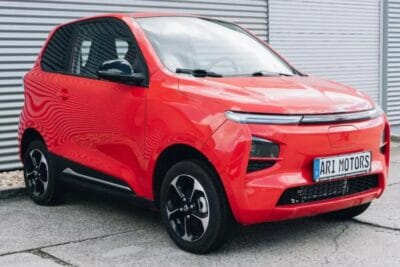WEVC presents revised platform focussed on 3.5-ton EVs
The British Watt Electric Vehicle Company (WEVC) presents its new eCV1 platform for electric commercial vehicles in the 3.5-tonne class. The eCV1 builds on the company’s PACES platform, unveiled in February 2021, and consists of a chassis and driver’s cab.
The Cornwall-based company sees itself as a niche light commercial vehicle manufacturer and unveiled plans in August 2021 to build up to 5,000 electric-powered commercial vehicles annually starting this year. Whether they can keep this schedule remains unclear from today’s announcement, especially since the plans involved the previous platform PACES. Since the company is introducing the eCV1, a revised platform for the 3.5-tonne class, these plans may have changed or have become more focused on commercial EVs.
What remains unchanged is the concept. The new architecture also uses a “cell-to-chassis” system similar to Tesla’s latest approach. The battery pack thus becomes a structural element of the chassis, optimising rigidity, minimising weight and maximising payload.
With the eCV1 being a further development of the PACES (Passenger And Commercial EV Skateboard) platform unveiled in 2021, it has similar features. At the time, the company described PACES as “flexible, scalable, lightweight and cost-effective”. WEVC also emphasised at the time that the platform complied with all ISO regulations and European standards for small-series type approval. The key to the scalability was in an innovation that Watt calls FlexTech. PACES comprises lightweight extrusions, laser-cut pieces that interlock and bond together to form the structure rather than, for example, using more expensive corner castings.
As for the eCV1, it likely stands for electric Commercial Vehicles 1. The website specifies a 110 kWh battery for 290 miles of range but later mentions various configurations. What is known is that the platform supports a central seating position for the driver and versions with one to three seats inside a large glass cabin. In addition, the A-pillar has been repositioned inboard, thus reducing frontal area and drag, so WECV.
As with previous offerings, WEVC wants to build its own small commercial vehicles and offer the platform as a white-label to external companies. They also called the eCV1 Chassis cab the core of a range of van derivatives. They promised to produce a chassis cab and panel van versions from the factory, available in varying wheelbases and battery packs to suit different applications.
Earlier, WEVC said it would build the vehicles at a factory in the Midlands. In addition, the company was planning another electric vehicle factory in Cornwall. Capacity is currently given at 5,000 units as reported.





0 Comments